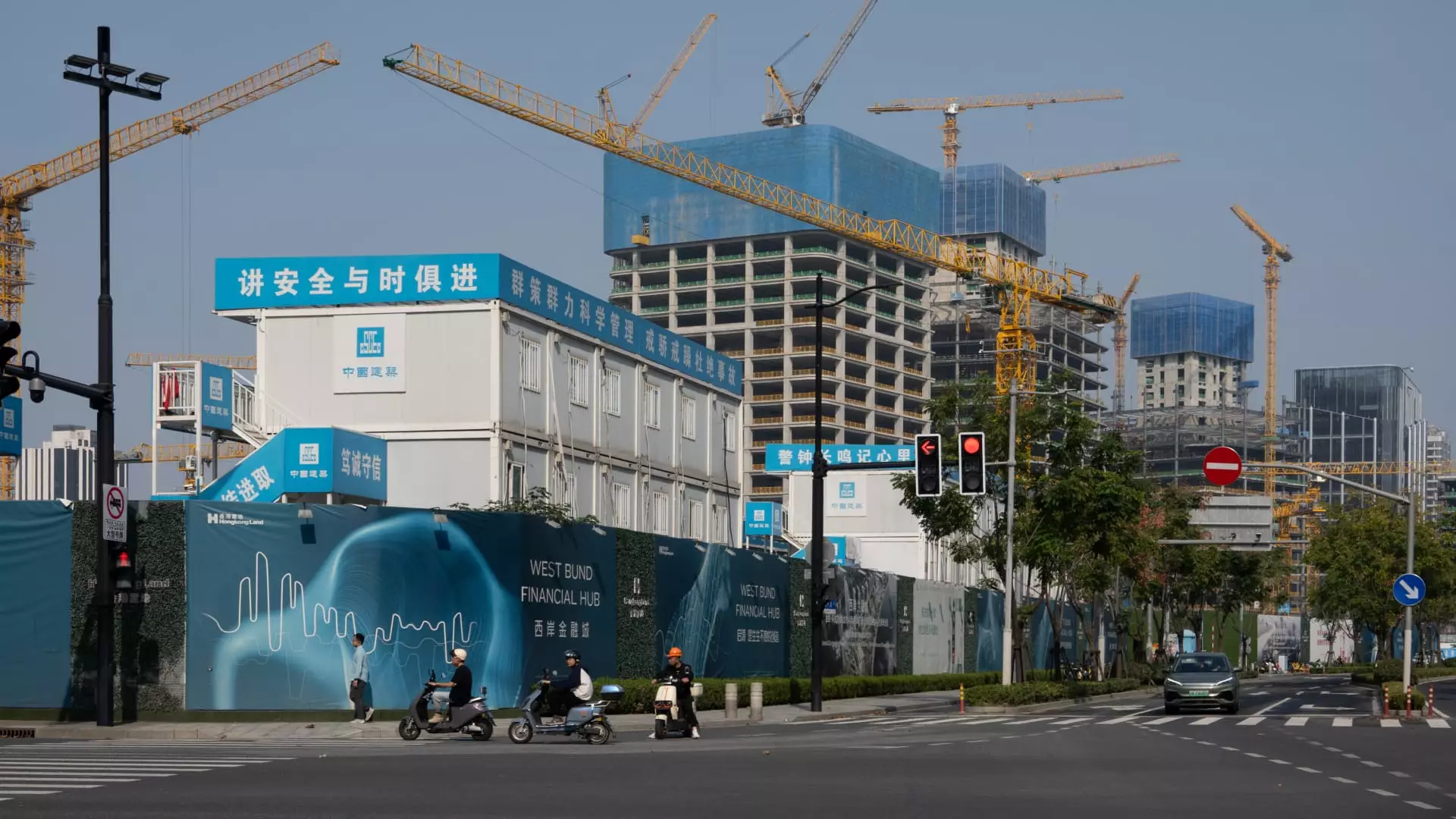As China approaches the release date for its essential economic indicators, anticipation is palpable among investors, analysts, and policymakers. The National Bureau of Statistics (NBS) is set to unveil data on retail sales, industrial production, and fixed-asset investment for October, sparking interest in how these figures will reflect the state of the Chinese economy. Analysts surveyed by Reuters project a year-on-year growth in retail sales to accelerate to 3.8%, a notable increase from September’s 3.2%. Such growth may signal improving consumer confidence and spending habits, crucial for sustaining the economic momentum.
Industrial production also expects a boost, with predictions suggesting a rise of 5.6%, marking an uptick from the 5.4% recorded the previous month. This trend could hint at a robust manufacturing sector that is responding favorably to recent government stimulus measures. Meanwhile, fixed-asset investment is projected to grow by 3.5% year-to-date, a slight improvement over September’s 3.4%. This growth would indicate that investment in infrastructure and development is not only stabilizing but potentially gearing up for more substantial contributions to GDP as the year progresses.
In a bid to rejuvenate the economy, Chinese authorities have intensified stimulus efforts since late September. The central bank’s decisions to cut interest rates and extend support for the beleaguered real estate sector have been pivotal. Additionally, the Ministry of Finance recently announced a substantial 10 trillion yuan ($1.4 trillion) plan aimed at coping with local government debt challenges. This large-scale initiative underscores the government’s commitment to bolstering fiscal health, with indications that further support may be on the horizon for the upcoming year.
Globally, China’s exports surged with an increase not seen in over a year. However, this optimism is tempered by a decline in imports due to persistent softness in domestic demand. The core consumer price index (CPI), which excludes volatile elements such as food and energy, saw a modest rise of 0.2% in October, surpassing September’s 0.1% increase. This subtle uptick could suggest stabilization in consumer prices, although caution remains as patterns of expenditure show increased restraint among consumers, indicated by the experience during China’s Golden Week holiday.
While the holiday trends depict a more frugal approach to spending, positive reports from the recent Singles Day shopping festival indicate that sales exceeded expectations, providing a glimmer of hope. Amidst these fluctuations, China’s gross domestic product (GDP) grew by 4.8% in the first three quarters, positioning it closely aligned with the year’s target growth of around 5%. Balancing stimulus responses with demands for cautious consumer spending will be critical in the months ahead as China seeks to navigate its economic recovery in a rapidly changing global landscape.
As data is set to release, stakeholders will be watching closely for signs of sustained recovery amidst ongoing economic challenges and government initiatives.

